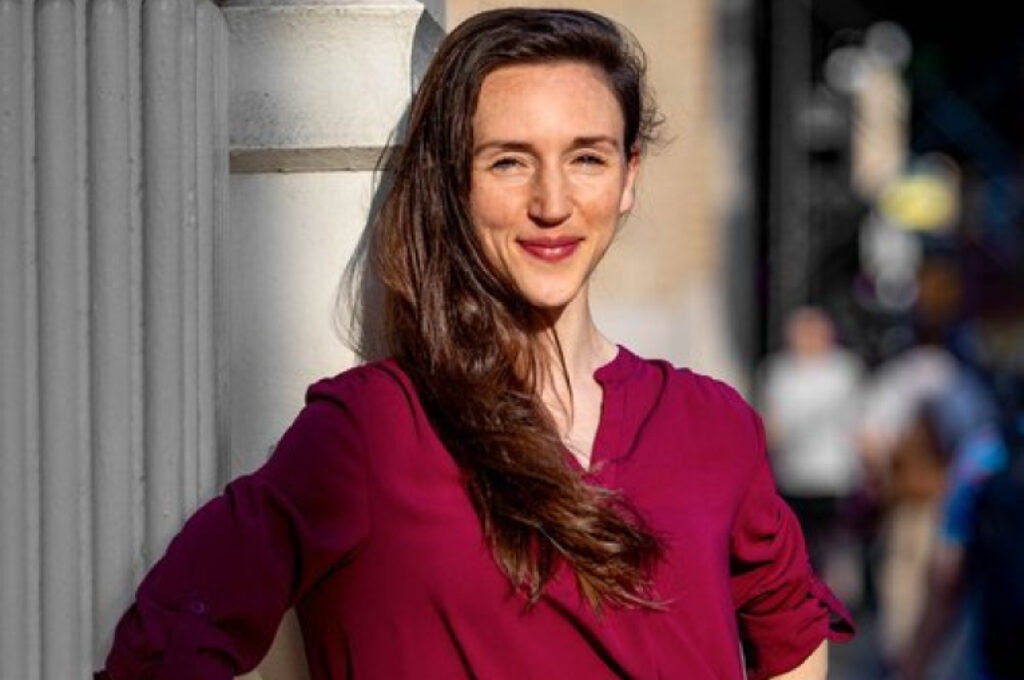About me
Healing gets real when we stop separating the body, mind, and heart and start letting them work together. For some clients, that means beginning with practical, thought-focused steps. For others, it’s tuning into the body, tapping into intuition and imagination to illuminate a path forward. However the journey begins, Belinda helps clients move at a pace that feels right—step by step, building tools, clarity, and confidence along the way. As the therapeutic relationship deepens, so does something even more powerful: trust. Not just trust in another person, but trust in your own system’s incredible ability to repair and restore itself.
Belinda’s therapeutic style is all about balance—creativity with structure, warmth with accountability. She knows the things that helped us survive deserve respect, but she’s not afraid to call out the patterns that are holding us back. She’s especially curious about how the mind and body adjust to what life throws at us, and she loves using insight, metaphor, and imagination to crack open new possibilities for healing and connection.
Belinda shows up as her full self in the therapy room, and she invites you to do the same. She works from an inclusive, anti-oppressive lens and welcomes clients of all backgrounds and identities. She self-identifies as queer, is LGBTQ+ allied, and is affirming of ENM and poly relationships. Belinda knows that healthy boundaries aren’t just about saying no—they’re about creating the kind of security that makes room for yes: secure attachment, expansive pleasure, and real joy. With a deep respect for how culture and context shape who we are, she creates space for clients to bring their whole, complicated, beautiful selves into the room.
Belinda believes therapy is most powerful when it helps people connect with their inner source of stability. “Within myself [during unmoored periods of my life], I’ve felt the need to retune—to reach out to others when there was nothing solid and stable inside” she reflects. “I feel that we do best when we have two or three real anchors, some combination of the people in our lives and our inner sense of selves. The inner anchor we can take anywhere we go. Some of us grow up with no anchors or have lost important ones. Some of us become disconnected with our inner anchors and as a result, feel a bit lost as sea. Really good therapy helps reconnect and deepens our connection to that inner anchor—while also giving us space to seek help, feedback, and resonance in relationship with others.”
“After witnessing the way Belinda cared for a particular child, one of the most complex and challenging children I had ever worked with, I rushed in to recruit her. I tracked her down and urged her to become a therapist. Belinda was unbelievable. Full of love, play, resourcefulness, strength and joy, lifting this child out of shame, rage, pain – with no formal training. I’d never seen a powerhouse raw talent like that.” explains Heather Lortie, founding Director of The Collaborative for Holistic Therapy, “She is a dancer, an activist, a dynamo human being.”
In addition to becoming a therapist, Belinda is a dancer, choreographer, filmmaker, producer and teacher. She is the founding Artistic Director of Belinda McGuire Dance Projects, which supports the research, development, production, and presentation of international and collaborative multidisciplinary dance performance. Her work, heralded for its remarkable emotional resonance and sinuous power, has toured across North and Central America, the Caribbean, and Europe. She has performed with The José Limón Dance Company, Gallim Dance, Doug Varone and Dancers and The Metropolitan Opera Ballet, among others, and has taught and choreographed for Juilliard, Harvard, The Limón Institute, Marymount Manhattan College, Rutgers University, and more.
Focus Areas:
- Creatives, Innovators, Social Change Leaders
- Blocks to High Performance
- Anxiety and Mood Issues
- Children, Teens & College Students
- Relational challenges – individuals, couples and families
- Trauma and complex PTSD
- Body-based concerns – somaticizing, body image, self-acceptance, building healthy routines and nurturing capacities.
- Recovery from high-control environments, purity culture, religious trauma and spiritual abuse, reclaiming spiritual identity, healthy attachment to the subtle world and relational safety within spiritual communities.




